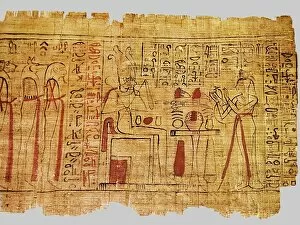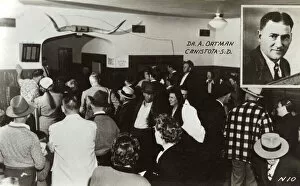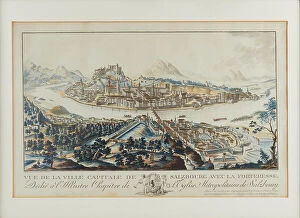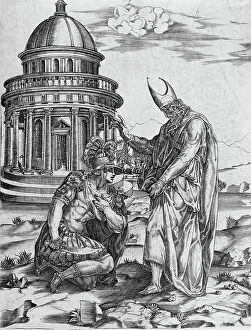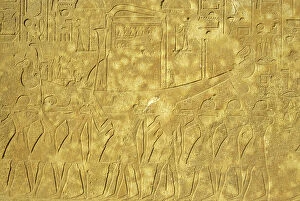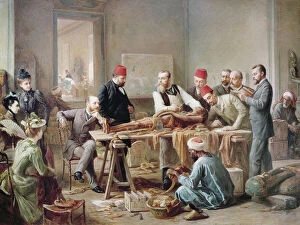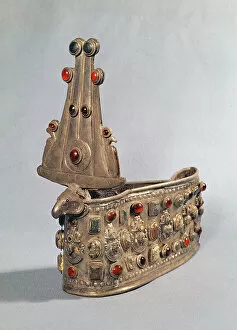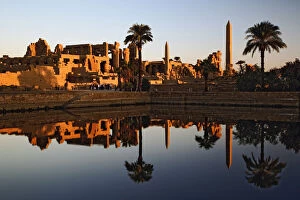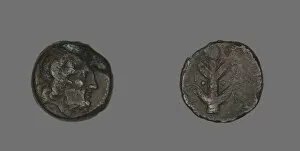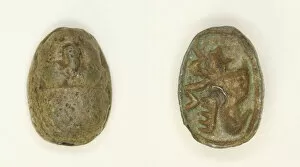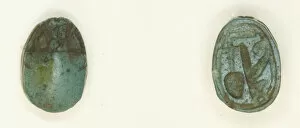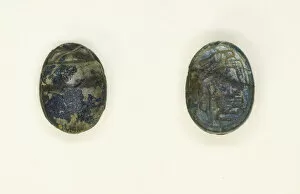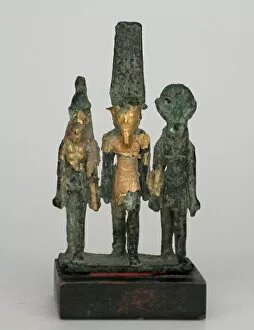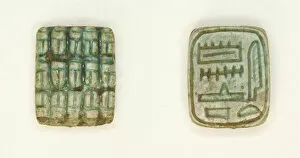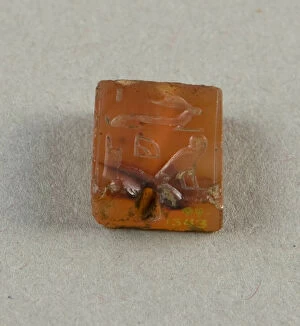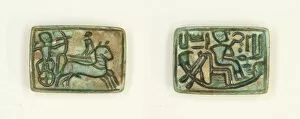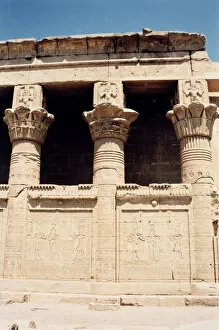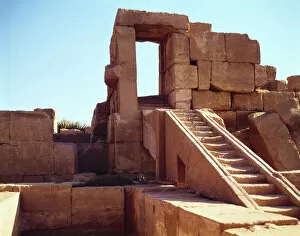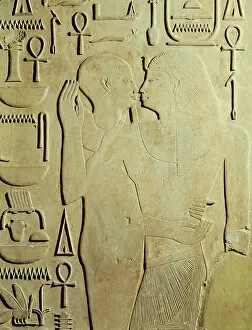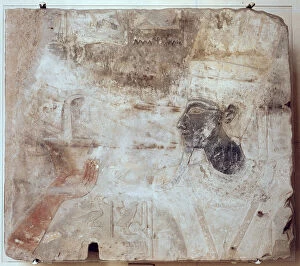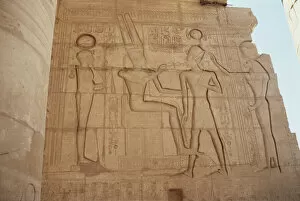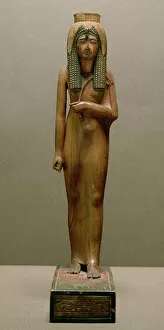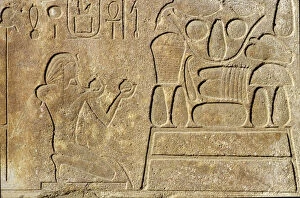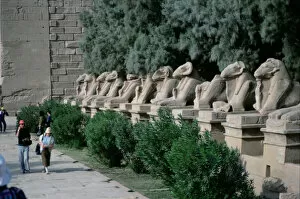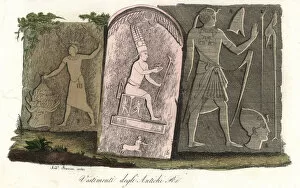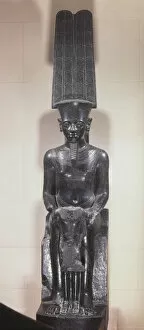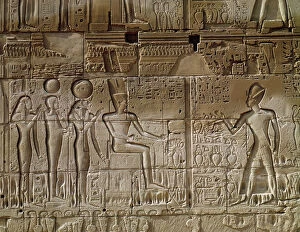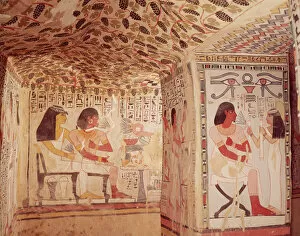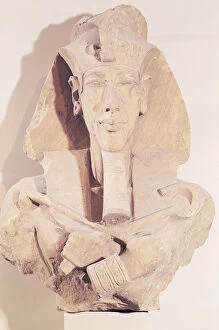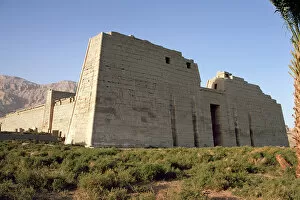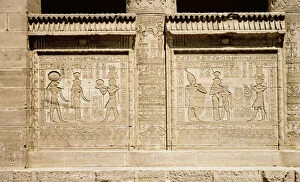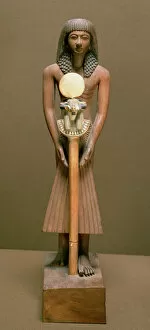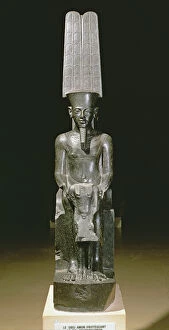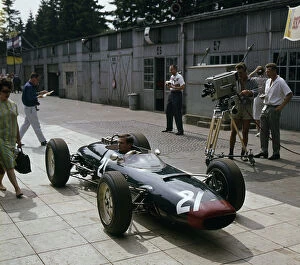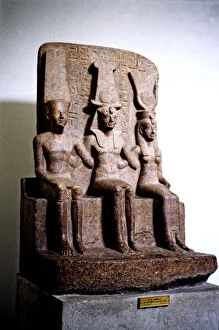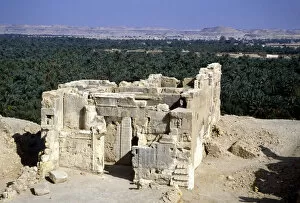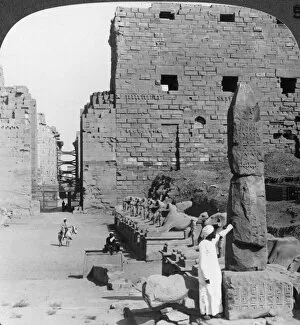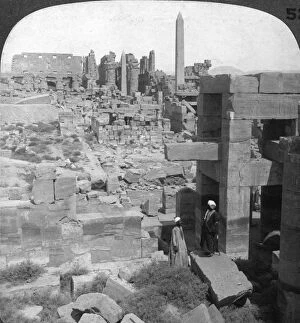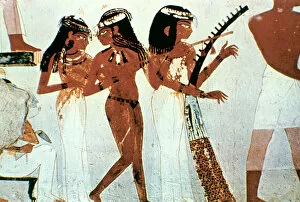Amon Collection
"Amon: Unveiling the Mysteries of an Ancient Deity" Step into the world of Amon, a captivating figure deeply rooted in history and mythology
For sale as Licensed Images
Choose your image, Select your licence and Download the media
"Amon: Unveiling the Mysteries of an Ancient Deity" Step into the world of Amon, a captivating figure deeply rooted in history and mythology. From the sacred pages of the Book of the Dead to majestic artifacts found across continents, Amon's influence spans time and space. Intriguingly, even the United States Air Force paid homage to this enigmatic deity with their Convair B-36A Peacemaker bomber named after him. But who was Amon? Delving further, we discover that Dr. A Ortman, a chiropractor from South Dakota, shares his name with this ancient god. Is there a hidden connection between healing practices and divine powers? Egyptian coffins from Deir el-Bahri reveal intricate carvings depicting scenes involving Amon during Thutmose III's reign. It becomes evident that this god held immense significance in Egyptian society. Pharaoh Horemheb himself sought solace in Amon's embrace as depicted by stunning artwork showcasing their divine bond. And what about that royal crown discovered in Ballana? Its precious stones glisten like stars against silver - fit for a god indeed. The Little Temple of Tuthmosis III stands tall as a testament to devotion towards Amun-Ra, highlighting his enduring legacy throughout Egypt's rich history. Moving beyond borders and eras, we stumble upon DDE-90019427 - an intriguing code linked to our mysterious deity. What secrets does it hold? Even coins minted centuries later bear witness to Zeus Ammon's existence; his far-reaching influence transcends civilizations. Scarabs intricately carved with symbols associated with Amun offer glimpses into ancient beliefs surrounding rebirth and protection – powerful talismans connecting mortals with divinity. As we explore hieroglyphs etched onto another scarab – featuring the Red Crown alongside trigrammes symbolizing Amun – we unravel the intricate web of symbolism woven around this deity.

